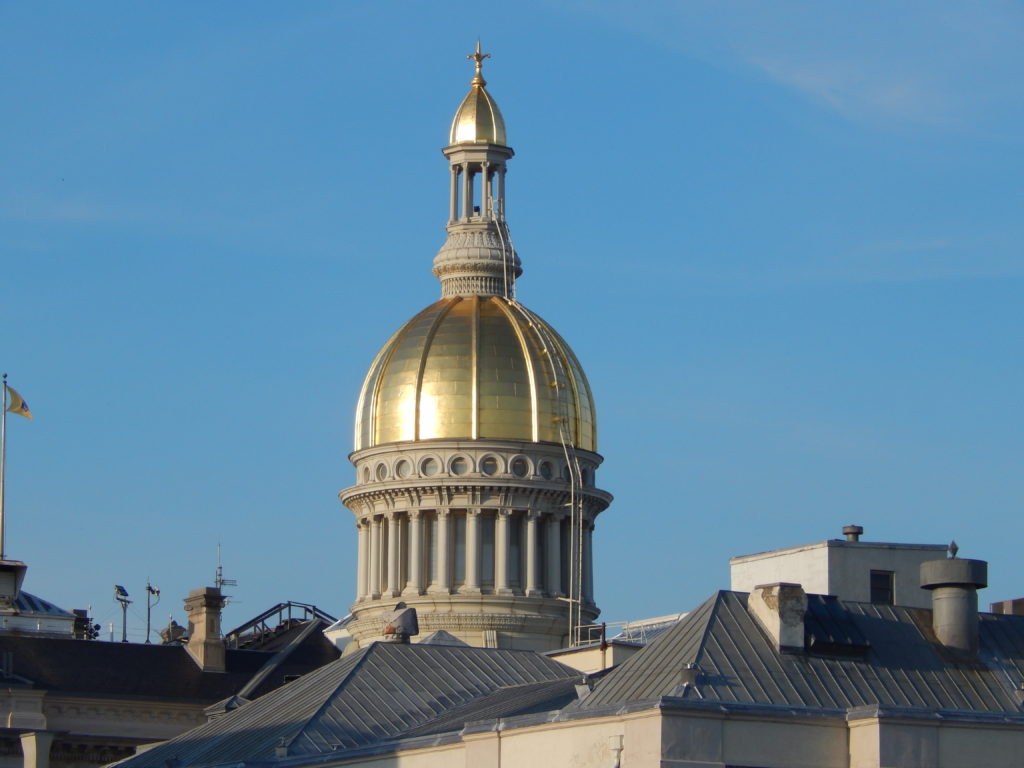Janus Decision Impact Likely Minimal in NJ: Union Growth to Continue

Some historical context may be helpful.
In 1967, one year before the New Jersey Employer-Employee Relations Act legalized public sector bargaining in the state, the legislature enacted a statute that authorized a public employer to automatically deduct union dues from a member’s paycheck. This effectively relieved unions of the task of collecting these moneys themselves.
Then in 1968, the NJEERA, commonly called the PERC law after the Public Employment Relations Commission, granted nearly all public employees the legal right to organize and bargain collectively, excluding only a small group of narrowly defined “managerial” and “confidential” employees, thus opening the gates for a rapid rise in public union membership.
The law also established an election mechanism to resolve jurisdictional disputes between rival unions, resulting in the designation of a single union known as an exclusive bargaining representative to negotiate for, and represent all, employees covered under a labor agreement.
Procedures were established to allow neutral parties—mediators and fact-finders—to help public employers and unions settle their differences when negotiations stalled, and to assign labor arbitrators to resolve grievances that arose while contracts were in force.
Through their organizations, employees now had a substantial voice in negotiating salaries and other benefits to improve their economic status and provide various forms of job security, which became a great selling point for unions to attract prospective members.
Among the law’s most significant impact was the formation of large, comprehensive bargaining units comprised of employees with different job titles and duties. These “wall-to-wall” units covered both professional and support staff members who constituted a “community of interest.” In a school district setting, by example, local teachers’ unions encouraged secretaries, custodians, bus drivers and aides to join their ranks. The net effect greatly expanded the power and influence of these organizations.
Union growth was further aided in 1980, when legislators amended the law to allow the employers and the unions to negotiate “agency shop provisions.” Once agreed to, these provisions required non-union members to pay a fee, which was not to exceed 85% of regular membership dues to the majority representative that incentivized non-members to join labor organizations since they were paying most of the dues anyhow.
In 2002, the legislature again amended the law, making it easier for unions to collect agency shop fees. Under the amended law, all the union had to do was to show proof that a majority of employees covered under a contract were union members, rather than have to negotiate agency shop provisions. The result: Non-members were now required to pay agency fees.
The Janus decision ruled that agency shop provisions in public union labor contracts throughout the nation are unconstitutional. In anticipation of the decision and to ameliorate some of its effects, Governor Phil Murphy signed the Workplace Democracy Enhancement Act, which sought to discourage union members’ defections by, among other things, strictly limiting the period during which union members can terminate their membership.
The PERC law itself is not the only reason for the growth of public sector unions. The past 50 years have seen a rapid rise in the size of state and local governments, and in the delivery of a wide range of public services far outpacing the growth in the state’s population.
According to the U.S. Census, while the state population grew almost 30% to nine million in 2017 from just under seven million in 1967, the number of public employees working full- and part-time in New Jersey jumped 110% to 557,514 in 2017 from 265,893 in 1967, generating a spike in the number of public sector workers eligible for union membership.
Since unions represent a large majority of public sector employees, it should not be surprising that unions have grown substantially larger over time, as have their financial power, political impact and influence.
A highly favorable political and legal climate coupled with an overwhelming response to the demand for more public services has forged a strong symbiotic relationship between public unions and the state’s political establishment for the past half-century. The payoff has been that state public policy has consistently protected and advanced the interests of public sector unions, with the exception of the eight years of the Christie Administration.
Those alarmed by the possible impact of the Janus decision need not worry. In the short term, any temporary decline in union membership will be more than offset by the inexorable growth of the state’s public sector, which means more union members and stronger unions anyway.
Dr. Marc Gaswirth, a retired public school administrator, has written extensively for more than 40 years about public sector bargaining.





